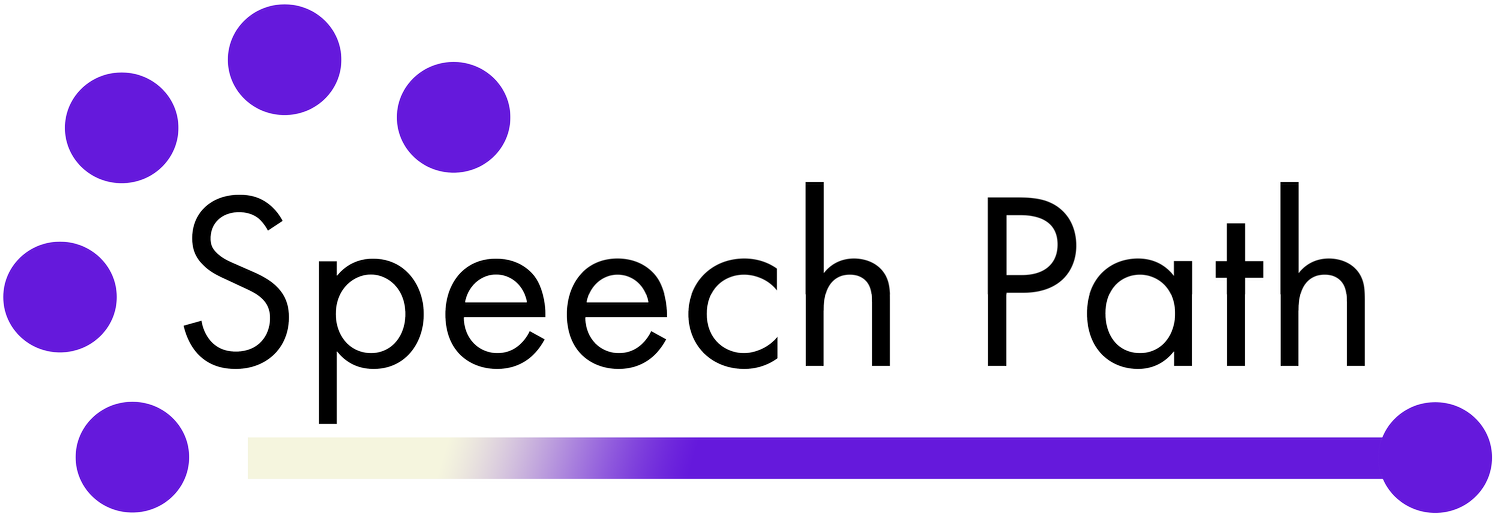Why Early Intervention is Crucial for Speech and Language Development
When it comes to supporting children with speech or language delays, time is of the essence. Research shows that early intervention is one of the most effective ways to help young children overcome communication challenges and build a strong foundation for lifelong learning and connection. In this blog post, we’ll explore the importance of early intervention, the role of parents in language development, and how working with a speech-language pathologist (SLP) can empower families to foster communication skills at home.
What is Early Intervention?
Early intervention (EI) refers to specialized support and therapies designed for children under age 5 who show delays in developmental milestones, including speech and language. For children with speech or language differences, this can involve individualized strategies to improve a child’s understanding of language, expressive vocabulary, knowledge of how to put sentences together, and their social communication skills. Research underscores that children’s brains are most flexible and adaptable during these early years of life, making it an ideal window for intervention.
Why Early Intervention Matters for Speech and Language Delays
The Brain’s Rapid Development in Early Years: The early childhood years are when a child’s brain develops most rapidly, creating millions of neural connections every second. This natural plasticity makes young children highly receptive to learning new skills, including language.
Preventing Secondary Challenges: Untreated speech and language delays can impact more than communication. They can affect a child’s ability to build relationships, succeed academically, and develop confidence. Early intervention helps proactively address these potential challenges.
Building Strong Parent-Child Bonds: Early intervention isn’t just about working with the child—it’s about empowering parents to become active participants in their child’s progress. Parents are their child’s first and most important teachers, and their daily interactions provide countless opportunities for language learning.
How Parents Play a Key Role in Early Intervention
Speech therapists work closely with parents to teach them strategies for integrating language development into everyday routines. These strategies are practical, effective, and supported by evidence-based research:
Language Stimulation Strategies
Parents can use simple techniques to encourage communication and build vocabulary, such as:
Modeling language: Narrating what’s happening in the moment to connect words with actions.
Expanding on language: Repeating and adding to what the child says (e.g., if the child says “ball,” the parent can say “big ball” or “throw the ball”).
Using visual supports: Incorporating pictures, gestures, or signs to reinforce understanding and expression.
Creating Language-Rich Environments
Everyday activities—like reading a book, playing with toys, or eating a meal—offer countless opportunities to model and reinforce language. When parents learn how to make these moments interactive and engaging, they create a strong foundation for their child’s communication skills. Research shows that parents trained to implement language stimulation strategies significantly improved their language delayed children’s skills (Roberts & Kaiser, 2011; Kaiser & Hancock, 2003).
What Does Early Intervention Look Like?
Early intervention services are highly individualized and tailored to meet the unique needs of each child. A speech-language pathologist will work with families to:
Assess the Child’s Needs: Through skilled observation, parent interviews, and standardized assessments, the SLP identifies the child’s specific communication strengths and challenges.
Set Developmental Goals: Goals will be set to enhance your child’s communication and may include increasing vocabulary, improving social communication, or developing alternative ways to communicate.
Provide Family-Centered Therapy: Sessions often include the child and their caregivers to provide adequate training on techniques that can be used in the home on a daily basis.
Monitor Progress: Progress towards the child’s goals will be monitored on an ongoing basis. Regular evaluations can also ensure the intervention is effective and adjusted as needed.
When Should Families Seek Help?
If you notice your child isn’t meeting speech or language milestones, don’t wait. Trust your instincts—if you’re concerned, early evaluation and support can make all the difference. You can view a list of speech and language milestones here.
Take the First Step Today
If you’re concerned about your child’s speech or language development, don’t hesitate to seek support. The Speech Path in San Francisco can help! We understand that each individual is unique. For each communication challenge, we offer personalized care to ensure effective results. Our team of dedicated and experienced speech therapists is committed to tailoring evidence-based interventions to meet the specific needs of you or your child.
We offer pediatric speech therapy in San Francisco, speech therapy for adults, and virtual speech therapy for adults and children throughout California, plus specialized programs, such as the Hanen It Takes Two to Talk Program, PEERS® social skills groups, parent consultations and assessments for childhood apraxia of speech, and play groups.
Whether the concern is language delay, childhood apraxia of speech, articulation difficulties, or any other communication difference, we employ a holistic approach to foster progress and build confidence. We ensure that every session is a positive step towards improved communication skills. Contact us today to get started on the journey to enhanced communication and a brighter, more connected future.
